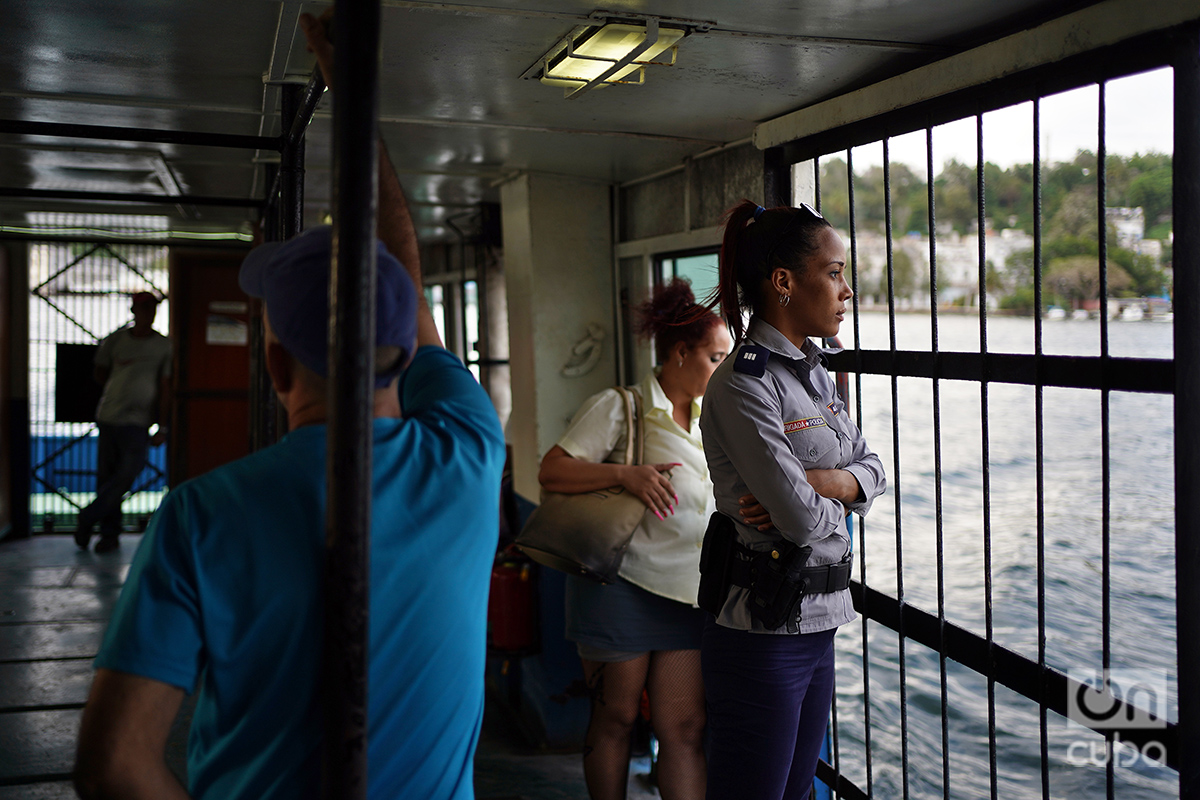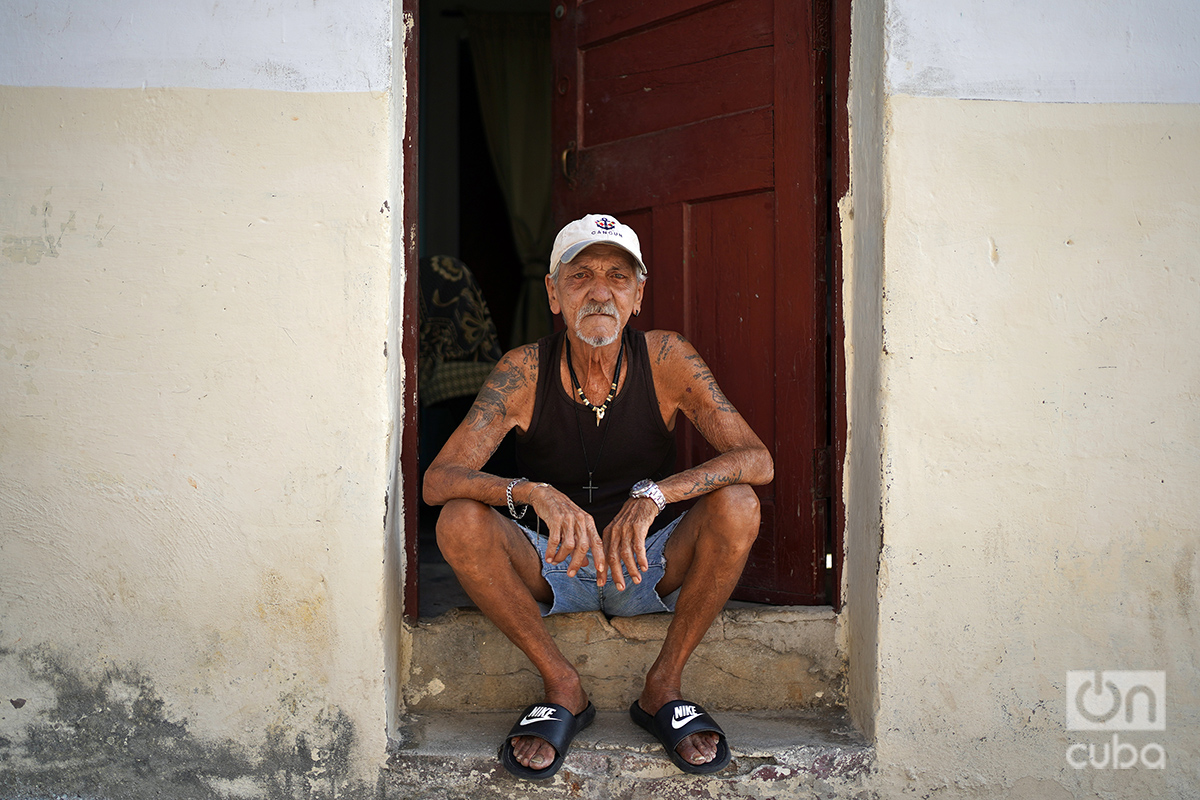It’s called Casablanca, but no president lives here. It’s Casablanca, but the “play it again, Sam” thing has never been said here. It is Casablanca, it is in Havana and it is possibly the place that I visited the most times in my childhood and adolescence.

Casablanca is a fishing town, of humble people, with its shipyards, a battered nautical base, and little else. The jewels in its crown are the picturesque electric train that travels to the town of Hershey, a legacy of times of chocolate booms, and the Christ of Havana, sculpted by Jilma Madera and which stands on a hill from which you can see the bay and all of Havana.

After years without going, I return to a punished Casablanca, crushed by the intense afternoon sun. A Casablanca that has lost many of the places I remember because of their destruction.

Casablanca was the Sunday outing with my mother. The adventure of the boat crossing to the other side of the bay. The smell of the sea — a dirty, oily sea, but the sea nonetheless. And at the end, the small amusement park where I spent hours playing on the old machines, breathing in the sea breeze that did so much good for my persistent asthma.

My uncle Payo, Captain Estrada, the family sailor who, curiously, never learned to swim, lived in Casablanca for many years.

In my adolescence, my father and his friend Eliecer, may they rest in peace —although, knowing them, I doubt it — used to end up in the town’s La Chusmita. And I with them. That was a place where the most humble men, port and shipyard workers, mostly black, good and noble people who welcomed a couple of journalists and a very young yours truly as if they were family, gathered to drink beer. I played dice with them for hours drinking hot beer from waxed cardboard cups.

From Casablanca I remember the black Chacón, alias El Taíno Tatuado, who used to ride the small boat from one side of the bay to the other, playing a conga drum and slapping his bald, tattooed head with the loudest slaps in the world. He was one of the first people I photographed at the beginning of my career, photos that only God knows where they went.

The small boat was always one of the great attractions of Casablanca. Before it became fashionable to hijack it to Miami, you could travel in the bow and stern or simply hang on the outside, enjoying the views of Havana Bay and feeling the air and salt on your face. This sea trip to Casablanca was something I loved to do with my friends when we were studying — more like when we weren’t when we were missing classes — in high school.


I return to Casablanca after many years. Little is left of what I remember. La Chusmita no longer exists and the small park where I played as a child is closed; the machines are broken and eaten away by saltpeter. Most of the houses are on their way to collapse or have already reached total destruction.

I ask on a corner about the residence of my old friend the Gran Mago Picadillo —although here he is known by another name. El Guayabo, another lifelong Casablanca man, tells me how to get there, we joke, I take a photo of him and continue only to find the Gran Mago’s house closed. There are other people in the house of my uncle the sailor, who also died years ago and I suppose I will discover the same thing if I go to skinny Eliecer’s. There are no longer dockers drinking beer, nor children on the swings overlooking the bay.



Only a few tourists venture through its 100% safe streets searching for a staircase that will take them to visit the Christ statue that crowns the town. That’s another Casablanca; mine, the one I will carry with me in memory, is the one from below, that of the people, the affections, and the sea breeze.










